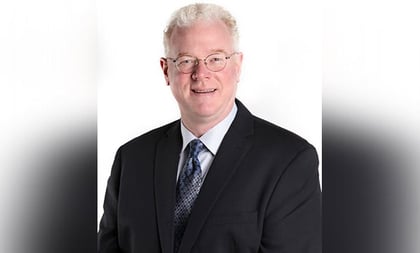The expression, “Out of sight out of mind” applies to the topic of advisory administration fees, as does “I don’t know what I don’t know.”
When I interview advisors regarding the expenses they currently pay, the answers tend to fall into two categories: they are either not aware of what they pay, or they know but have no idea of what pricing competition offers them in the marketplace.
Certainly, advisors are aware of what they are paying for errors and omissions insurance, monthly expenses and miscellaneous expenses such as SIPC & FINRA assessment fees.
However, when asked about what advisory administration fees they pay or how much markup on third-party money managers is being imposed on them or their clients, a pregnant pause of bewilderment is more common than not.
Applying the concept of broker-dealer arbitrage, advisors can change their broker dealer to take advantage of pricing and payout inefficiencies in the marketplace that are profitable enough to make a change worth the effort.
With the advisory space getting crowded as others flood into the same investment style, price compression is an increasing reality, making advisory cost savings increasingly important.
Cutting back dramatically on advisory expenses can make you much more competitive in a crowded space. Here are several ways advisors can net more to benefit themselves and/or their clients.
Advisor Managed Advisory Platforms
There are two types of platforms in this category.
First is the unbundled platform, where advisors pay an administration fee for billing and client statements, with ticket charges paid separately. Second is the all-inclusive fee account, where both administration fees and ticket charges are covered by a single administration fee.
Here are common pricing structures, we see for each platform and alternative pricing that can net advisors much more.
Unbundled Platforms: Typical pricing on this platform is between 10-30 bps on assets. The marketplace can offer you as low as 2½ bps on assets with $125 cap or flat annual payments that run between $25-$55 per account annually.
Performance reporting with these lower cost options offer billing and performance reporting through Orion or Black Diamond. When you do the math, going from 20 bps on assets annually to $25 annually per account, the cost savings are immense.
These lower administrative fees are available to assets held at Schwab, TD Ameritrade, Pershing, National Financial and other clearing and custody firms.
Giving you ultimate flexibility and choice, you can work with these outside advisory custodians under the broker dealer’s corporate RIA or under your own RIA —you choose. Ticket charges with some organizations working with RIAs may also be lower than with some traditional broker-dealer clearing firms.
All-Inclusive Platforms: Pricing on this platform typically runs between 25-45 bps on assets (covers administration fees and ticket charges).
The marketplace can offer you as low as 9 bps with a 150-trade cap on this model. The additional expenses with the all-inclusive platform require an advisor to be making around 40-50 plus trades annually per account for the additional expense to pay off.
This platform is intended for the active trader but surprisingly, we find many advisors having their clients on this platform even though they may make only 10-20 trades in an account annually. If you make fewer than 40 trades annually, the math makes the unbundled account more appropriate.
Institutionally Managed Platforms: If you are a fan of others managing your client’s assets, there are two ways to achieve substantial savings:
- Avoid markup on third-party managers
- Value-priced Separately Managed Accounts (SMAs)
Markups on Third-Party Money Managers: Typical pricing for markups on management fees runs 10-25 bps. The marketplace can offer you zero markup on third-party money managers.









 June 02, 2018 at 12:15 PM
June 02, 2018 at 12:15 PM











